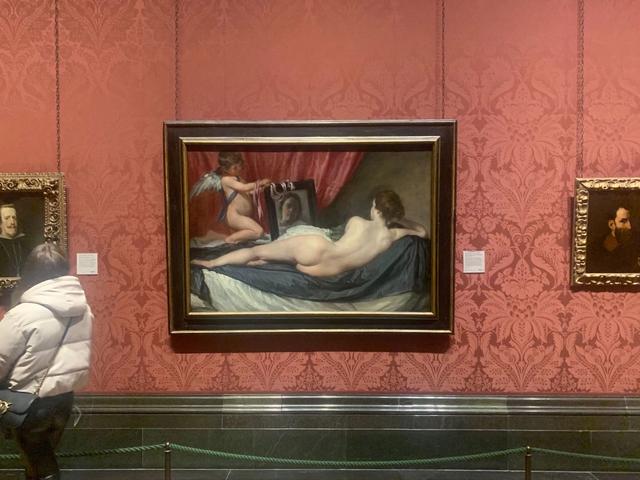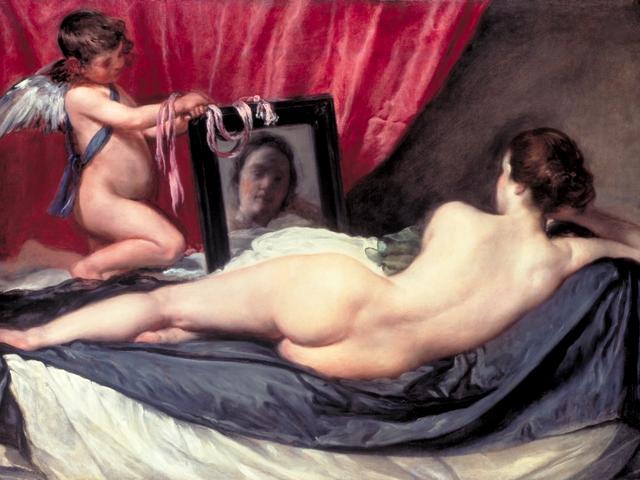Rokeby Venus
Diego Velázquez's The Toilet of Venus, in the National Gallery, London
An open letter from the National Museum Directors' Council: 'these attacks have to stop'
The leaders of the UK's national collections and major regional museums highlight the "enormous stress for colleagues at every level of an organisation" and "visitors who now no longer feel safe" following series of protester attacks on museum works
‘Unacceptable’: Ai Weiwei responds to his sculpture being smashed at Italian exhibition opening
The artist was 'shocked and surprised' after 'Porcelain Cube' was destroyed by a man at Palazzo Fava in Bologna
A very national gallery: how the London museum's collection is being shown around the UK this summer
Under the National Treasures scheme, 12 UK museums are mounting exhibitions around the loan of masterpieces from the National Gallery
Mona Lisa undamaged after protesters at the Louvre throw soup at Leonardo da Vinci's masterpiece
Members of Riposte Alimentaire demand the right to "healthy and sustainable food" after splattering pumpkin soup over the protective glazing in front of the world's most-viewed painting
'Rokeby Venus' goes back on show at National Gallery four weeks after attack by climate activists
Velázquez masterpiece required 'conservation treatment to minor damage sustained to the painting surface, and the fitting of new glazing' following hammer attack on 6 November
Art Fund, the charity that helped buy Rokeby Venus for the nation, celebrates 120 years with new campaign
Organisation pledges to back initiatives linking museums with local communities for anniversary project
How Velázquez's 'Rokeby Venus' became a symbol of public pride—and political protest
This week's attack by climate protesters is the third time that the National Gallery masterpiece has been recruited to articulate contemporary social or cultural concerns
Climate activists attack Velázquez's ‘Rokeby Venus’ at the National Gallery in London
Two Just Stop Oil Activists targeted the work as a protest against new UK gas and oil licences, just over a century after the suffragette Mary Richardson attacked the same painting in 1914









